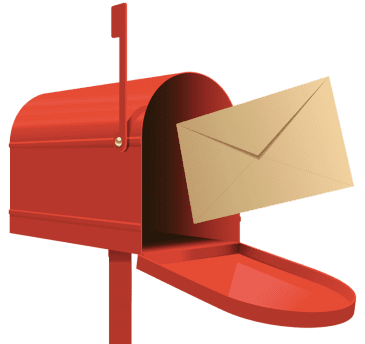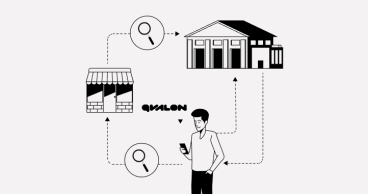Qvalon Blog article content
Start
Paying fines is sad and painful, but they can be minimized. To do this, you need to be prepared for external audits at all times, and the only way to keep abreast of changes is to conduct regular internal audits. This will enable timely identification of violations, their quick and effective elimination, visibility of potential risks and prevention of incidents. Such self-control is impossible without the use of digital checklists on mobile devices.

They can be used to assess:
- Staff work.
- State of the area related to the gas station.
- Availability and relevance of documentation.
- Among of dozens of business processes, the complexity of which ensures the functioning of the outlet.
Example
Criteria for evaluating the vehicle fueling process (yes/no):
- Bulk petroleum products are not dispensed in glass or plastic containers.
- The location of the vehicle waiting for fueling is controlled by a gas station employee.
- Cars are fueled on a first-come, first-served basis.
- When the fuel is drained, warning signs are placed on the locked filling stations, or the entire gas station is suspended.
- Unintentional oil spill sites are covered with sand, which is then removed in containers.
- Passengers leave the cabin when fueling buses.
- Cars approach the stations on their own.
- The distance between the vehicles in the queue for fueling is at least 1 meter.
- The distance between the fueling car and the closest car is at least 3 meters.
You should also check:
- Availability of documentation on the principles and peculiarities of the gas station operation.
- Availability of documentation on the organization.
- Availability of reporting logs, instructions, book of complaints and suggestions, approved price list, equipment passports, etc.
- Safety of gas station operation: quality of hoses, fire extinguishers, protective clothing, surveillance cameras, working loudspeaker, etc.
And so on.
You can create deep checklists covering all internal processes. As practice shows, it takes about six months, because documents have to go through a long evolution process: from the general set of questions to the branched-out scheme of “control points” for the gas station manager, occupational safety engineer, sales floor specialist, operator, etc.
Make it easier with QVALON
However, it’s easier to choose questions from the QVALON digital library and add items that are specific to your outlet. In this case, the formation of control points for each business process will take no more than 2-3 days.
Digital checklists can be easily structured, grouped and organized into folders, and the results of the mobile device checklist are displayed instantly: every item has its value in points: 0-2, 1-5 or 1-10 — you can choose the range of the checklist yourself. When a non-ideal assessment is made, the system asks you to enter a comment and take a picture of the detected violation. This photo report with accompanying text is given an open task status, which is automatically delegated to the person in charge. He or she has a certain period of time to eliminate the comment (you also set this through the system), after which, if the issue is not solved, the task is transferred to the manager of the employee who failed to cope with the task.
QVALON can be used to conduct internal audits as a daily “cheat sheet” for routine daily activities, as an assessment of a particular employee or branch. Audit analytics is always available. You can view an operational report or analysis of the gas station activities for any time period since the introduction of the system.


